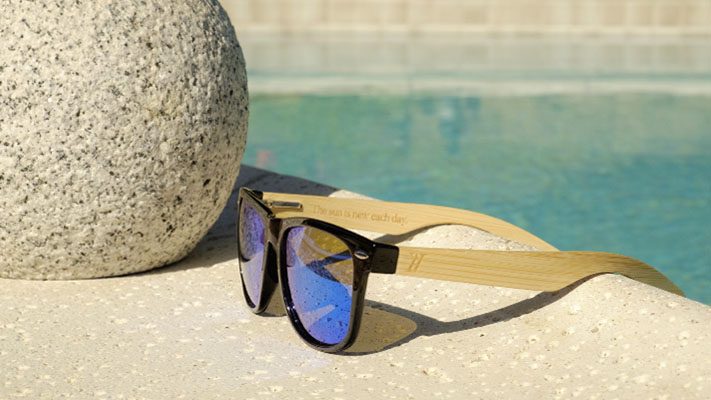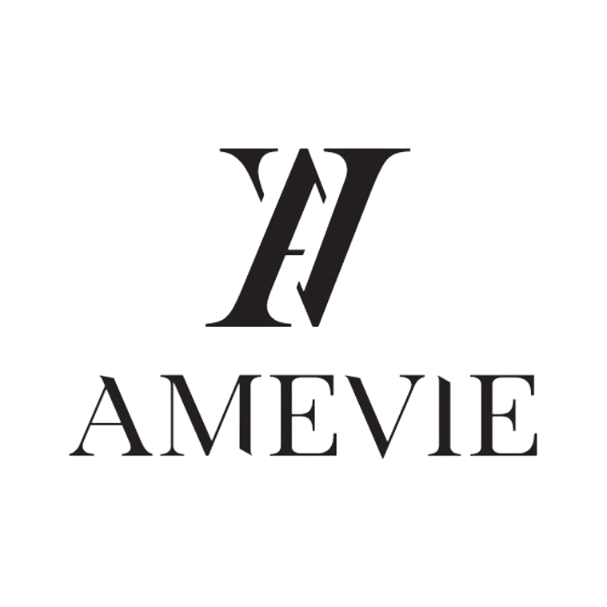SUNGLASSES
Decoding the lingo and buying sunglasses
The sunglasses market is filled with a lot of lingo, big words, and confusing price tags; it’s enough to confuse anyone. So, here’s the lowdown on what to look for if you’ve got your eye health and budget on the brain (and maybe looking cute too).
Polarized lenses
You’ve probably seen the word “polarized” thrown around a lot when shopping for sunglasses, but it usually isn’t accompanied with a clear definition. It’s actually an important feature so don’t disregard this one as another bell or whistle. Polarized lenses have a filter applied to them that only allows light to pass through from the vertical angle (i.e. the light from the sky that we need to be able to see in front of us). This means that reflections off of water, snow, or cars and the road are blocked by these lenses, reducing the amount of glare. Not only is this safer for being able to see clearly on the road, but it also effectively blocks that second round of nasty UV rays that bounce off of reflective surfaces like snow, and onto our faces a second time. This reduces eyestrain and helps prevent that sun-headache that sometimes rears its ugly head during daytime driving.
Categories
On the shelves, we often see eyewear organized into 5 categories based on sun protection levels. Levels zero and one include fashion lenses that may have a tint to them, but are not designed to protect from the sun in any way. They can be a cute accessory, but don’t be fooled into thinking they offer any effective protection, especially since these are offered as luxury goods by many designer labels. Category 2 includes sunglasses that meet and hover around minimum European safety standards for eye protection. Category 3 is where the most effective UV protection sunglasses sit and almost all polarized shades fall into this category. Consider it the jackpot. Category 4 shades are the most effective but are reserved for sports like skiing because they reduce vision to levels not so suitable for everyday use, and are especially a bad idea for behind the wheel.
UV protection
Lastly, we want to take a look at the percentages when shopping for shades. 100% UV protection is the jackpot when shopping for sunnies and is not difficult (or expensive) to come by. The Daily Mail did an investigation into some of the myths and misconceptions surrounding levels of sun protection. It was found that price and protection didn’t really correlate, and that even sunglasses around 40 dollars were available at protection levels well above 80% (the European safety standard minimum); it was also found that many designer shades did not offer adequate protection, opting to provide a desired look over any other feature (see our look into the pricing of sunglasses here).
In short, you don’t have to break bank to get a pair of effective shades. It’s a good idea to add polarization to the list of features you need. Always look for 100% (or at least close to) and do so by seeking out the CE stamp of safety approval. Remember, if you’re unsure, you can always talk to your optometrist for more info, and help when picking out a pair that works safely for you.


